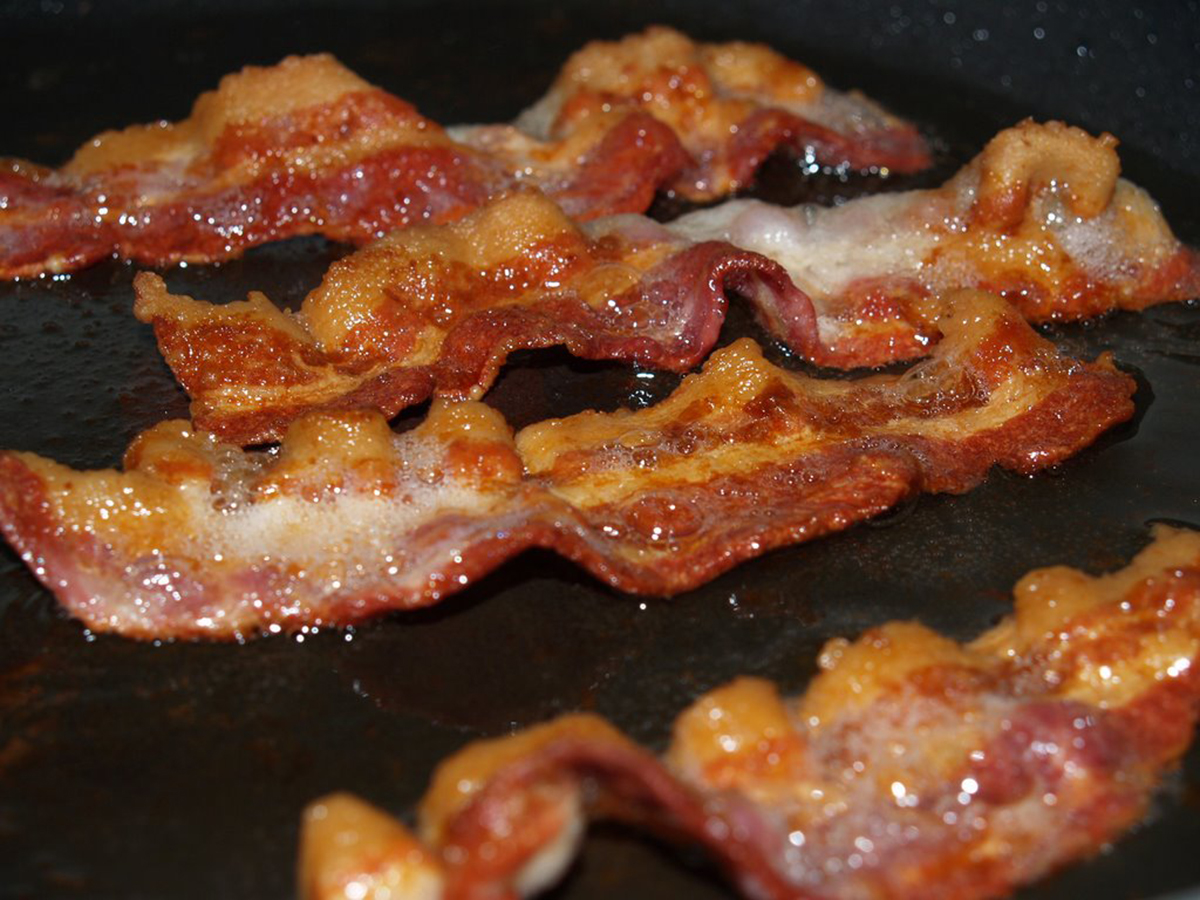Table of Contents
This change will impact everyone in America, and estimates are it will prevent more than 20.000 heart attacks and mean 7.000 fewer deaths caused by them per year. Trans fat is definitely no longer considered safe for human consumption and banning it will be a big step forward. We've been intensively hearing about how bad trans-unsaturated fats are for more than a decade, and it was about time to do something about them. Two years is a long time to wait, but better late than never.

What Is Trans Fat
There are two kinds of trans-unsaturated fats occurring in our food: natural and artificial trans fats. Natural fats are found in guts of some ruminant animals, and foods like meat and milk may contain some small quantities. Artificial trans-unsaturated fats are those industrially created by adding hydrogen to liquid oils.
Partially hydrogenated oil — widely known as trans fat — is mostly solid fat like margarine or shortening. It can significantly enhance flavor and increase the shelf life to majority of processed foods. For years, we have heard how important it is to consume these fats only in small amounts, or even better — not at all, yet again, they were everywhere.
READ What Nutrition Labels Don't Tell You
Why Are We Still Using It
Partially hydrogenated oils were introduced in human diet at the beginning of the 19th century in the form of shortening for pies and pastries. Wider consumption began in 1950's when rather badly done study recommended replacing butter for margarine. For longer than 50 years, people mistakenly believed that margarine could save their hearts.
They're widely used because they are inexpensive and last very long. Trans fatty acids give texture and taste to most of the processed foods like microwave popcorn, desserts, frozen pizza or coffee creamers. Many fast-food restaurants still use them for deep frying since these oils can be repeatedly used in large commercial fryers.
READ Reading The Ingredient Label: What To Look For
Together with the new and more user-friendly FDA nutrition label on the way, which will show added sugars and calories per whole package — not per serving like it did before — this is a good way the world is headed, at least nutrition-wise. It's a shame to die early only because something was bringing more money to multi-billion dollar companies. Although trans fats are the biggest evil, we shouldn't let this ban give us false sense of security. Saturated fats are still going to be a big problem, but one thing at a time. Just remember, only mindful eating can make us healthy, and feel and look good in the long run.
- Photo courtesy of jdickert: www.flickr.com/photos/jdickert/2382425063/
- Photo courtesy of cyclonebill: www.flickr.com/photos/cyclonebill/2222309331/
- Photo courtesy of jdickert: www.flickr.com/photos/jdickert/2382425063/
- www.fda.gov/Food/GuidanceRegulation/GuidanceDocumentsRegulatoryInformation/LabelingNutrition/ucm385663.htm
- www.fda.gov/Food/GuidanceRegulation/GuidanceDocumentsRegulatoryInformation/LabelingNutrition/ucm387533.htm
- nofusa.org/news/fda-changing-nutrition-facts-labeling-sugar/
- www.nytimes.com/2015/06/17/health/fda-gives-food-industry-three-years-eliminate-trans-fats.html?_r=0


Your thoughts on this